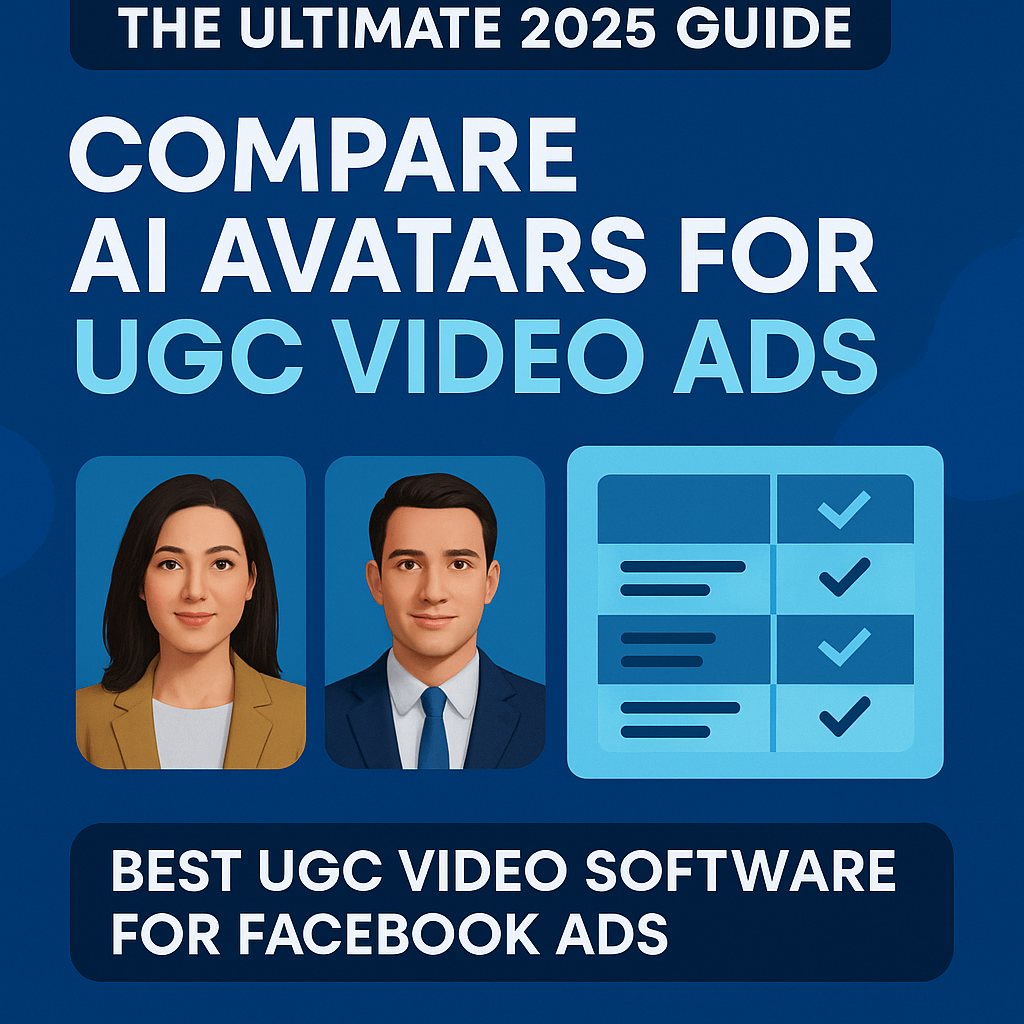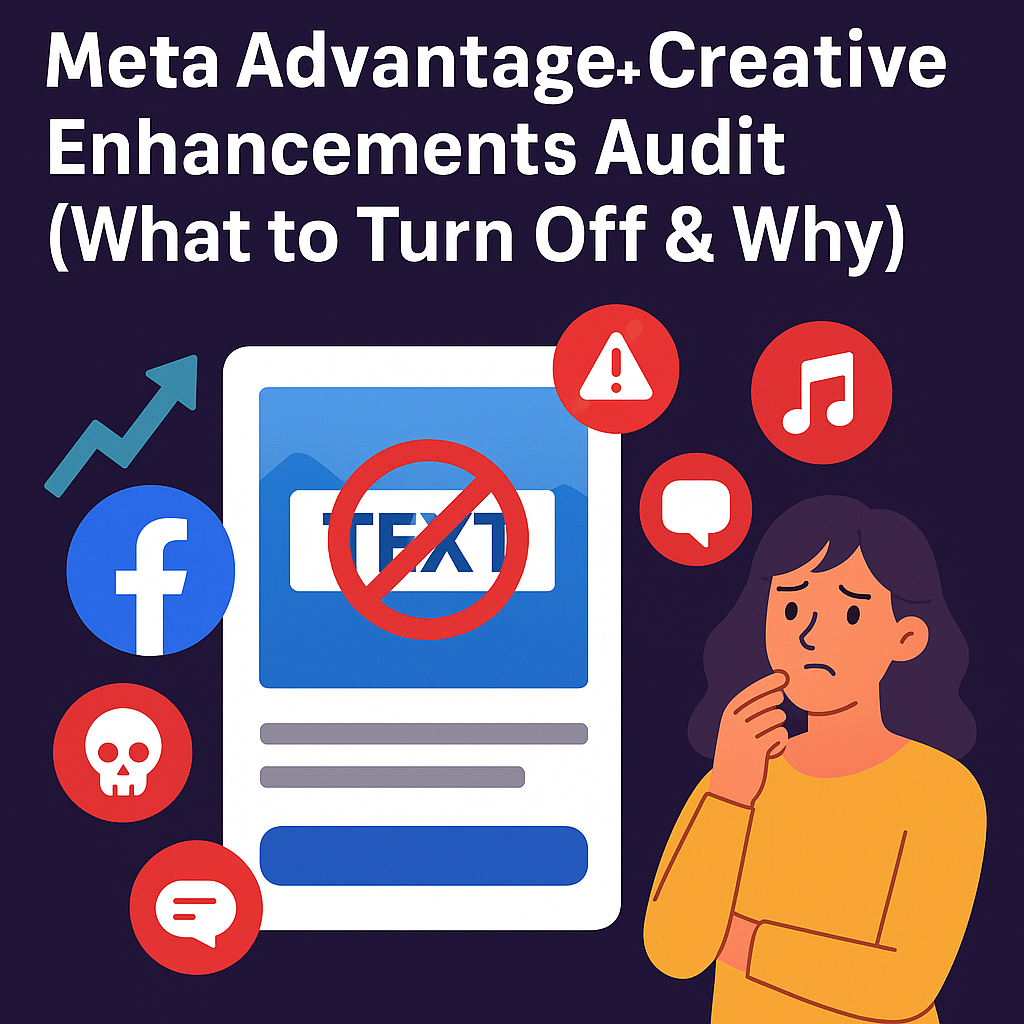Running ads for a direct-to-consumer (DTC) brand is exciting, but also incredibly risky. Despite the opportunity, many marketers fall into the same traps that drain budgets and derail growth. After auditing over 150 brands, I’ve seen firsthand how avoidable mistakes can undermine even the most promising advertising efforts.
In this article, we’ll break down the top 5 DTC advertising mistakes marketers make—and how to sidestep them. We’ll also explore common advertising mistakes to avoid, how to increase ROAS (Return on Ad Spend), and what startup marketing mistakes you should watch for when scaling. Whether you’re launching your first campaign or scaling past $1 million in ad spend, these insights will keep your strategy efficient and profitable.
Table of Contents
Why Avoiding DTC Advertising Mistakes Matters
Direct-to-consumer brands live and die by their ability to generate efficient growth. But most new advertisers waste budget early by making predictable, avoidable mistakes. Whether it’s overspending on branding, underestimating CAC, or scaling without testing, these mistakes lead to poor ROAS and stalled growth. Learning from others’ failures gives you a real advantage.
Mistake #1 – Lack of Focus on a Repeatable Sales Channel
Direct-to-consumer founders often pursue multiple strategies, including organic content, influencer outreach, TikTok, and SEO, without first validating a single, repeatable, high-converting sales channel. Without predictable revenue, even the best product won’t scale.
We once onboarded a client in the sunscreen niche who was allocating $ 5,000 across Meta, TikTok, and influencer platforms. This fractured strategy resulted in almost no return after a month. The issue wasn’t the product; it was the lack of focused execution.
Once we reallocated the budget exclusively to Meta, optimized the offer, and doubled down on a single high-converting landing page, they not only saw immediate results but also created a repeatable process that could later be applied to other platforms.
Some founders push for visibility across every channel because they’ve been told it’s good for brand awareness, but if you’re not converting profitably on one, you’re just multiplying inefficiencies.
How to Avoid Overspending on Multiple Sales Channels:
- Track CAC and conversion rates religiously.
- Focus on one scalable sales channel.
- Invest in CRO early (e.g., better landing pages, clear CTAs). Our eCommerce landing page guide breaks this down in detail.
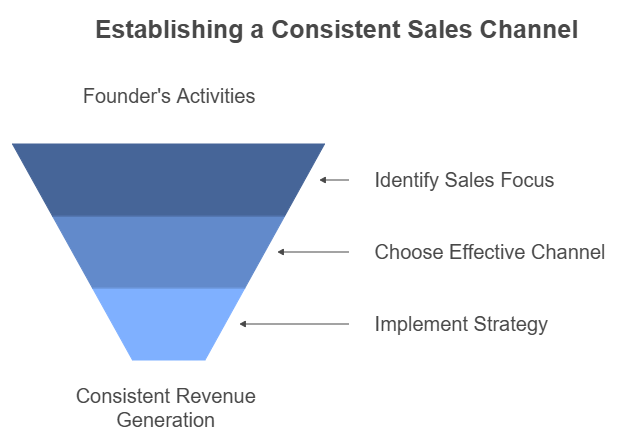
Mistake #2 – Overestimating Customer Lifetime Value (LTV)
Many DTC brands prioritize retention over validating first-order profitability. It’s a common trap—banking on long-term revenue without data to back it up can destroy cash flow in the early stages.
One client we worked with assumed their customers would make three to four repeat purchases just because they had a strong brand and loyal audience on social. But when we ran the numbers through a cohort analysis, fewer than 10% of customers returned within the first 90 days.
That data point was a wake-up call. They reworked their pricing model, simplified their offer, and focused on increasing front-end profitability instead of chasing unproven LTV projections. The shift gave them more margin to test, iterate, and eventually build sustainable retention systems.

How to Avoid Overestimating Customer Lifetime Value:
- Calculate LTV conservatively: AOV x purchase frequency x lifespan.
- Don’t assume retention—prove it with data. Use techniques from our article on DTC market research to validate assumptions.
- Focus on profitable first orders, then build retention systems (email/SMS).
Key takeaway: Prioritize cash flow over theoretical long-term value.

Key Takeaway: Avoid the trap of spending $10 to make only $5. Aim for profitability from the start to build a sustainable business.
Mistake #3 – Premature Branding Spend Before Product Validation
Branding is important, but only after you’ve validated your offer. Spending big on logos, packaging, and agency work without a single dollar in revenue is like decorating a restaurant before tasting the food.
One founder we worked with had invested $280K in branding before launching a single ad campaign. Their website was beautiful, the packaging was premium, but the ROAS didn’t support the spend. Their landing page converted at just 4.5% which is respectable, but not scalable given their CAC.
We replaced polished assets with simple, user-generated content and raw creatives focused on benefits, not aesthetics. That pivot doubled their ROAS in less than 30 days. As a performance marketer, I’ve seen how branding often becomes a moving target. You constantly have to test new hooks, angles, and creatives to stay competitive. Branding evolves from what your data says is working, not the other way around.
You don’t need an award-winning logo to test product-market fit. Start lean, validate demand before upgrading your visuals.
How to Avoid Overspending on Branding:
- Use no-code tools and off-the-shelf packaging for MVPs.
- Run small paid ad tests to validate.
- Let real traction inform your branding decisions. Consider layering AI-generated content, as outlined in our article on AI UGC ads strategies for Facebook.
Rule of thumb: Don’t spend big on branding until you’ve hit $500K–$1M in annual revenue.
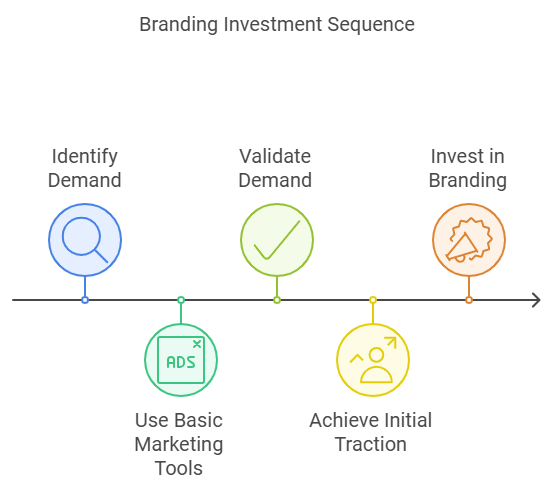
Mistake #4 – Inefficient Ad Spend (Poor Early ROAS and How to Increase ROAS)
New advertisers often burn through budget chasing scale without testing fundamentals. The lack of creative testing frameworks and clear offer validation leads to wasted spend and poor early ROAS.
One client we worked with tested 19 creatives over two weeks with no structure. Their ROAS crashed. We stepped in and applied our creative testing matrix—4 angles × 3 hooks × 2 formats—and found a winning combination that eventually scaled to $80K/month at 3.2x ROAS. In another case, we audited a client in a niche governed by strict Meta policies.
They spent $5K/month on video ads that underperformed. We analyzed competitors, restructured the message, and pivoted to simple static creatives. The result? A sharp boost in engagement and return. Videos can be great but only when you hook the viewer within the first 7 seconds. Otherwise, they just drain your budget. How to scale DTC ads with inefficient ad spend For our full breakdown, check out our Facebook Ad Creative Testing 2025 guide.
How to Avoid Inefficient Ad Spend:
- Test offers, landing pages, messaging, and creative formats in small batches. Use our creative performance analysis guide to structure your process.
- Review performance daily. Kill underperformers quickly.
- Use tools like Triple Whale or Northbeam to improve attribution. Also read our full breakdown on mastering Meta ads attribution.
Key takeaway: Don’t scale ads—scale winners.
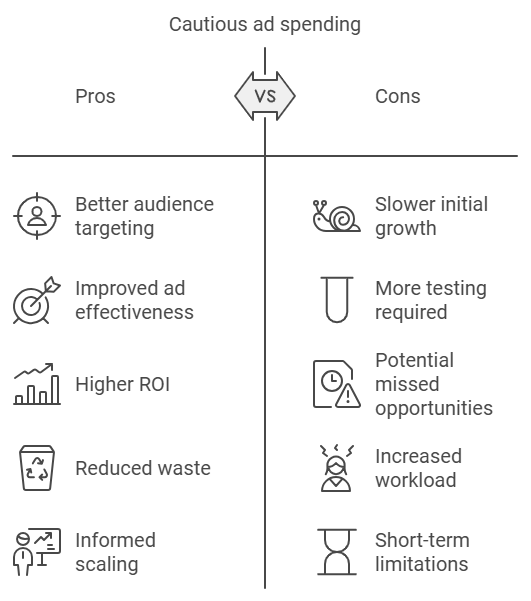
Mistake #5 – Operational Oversights (Legal & Partner Pitfalls for Startup Marketing Mistakes)
Even if your ads perform, backend breakdowns will cripple your brand. DTC success depends on tight coordination between fulfillment, compliance, customer service, and inventory management.
One of the most frustrating operational issues we’ve encountered involved a fulfillment partner. The client didn’t properly vet their 3PL and delays spiraled into chargebacks, customer complaints, and ultimately an ad account flag on Meta.
In another instance, a client forgot to notify us they had run out of inventory for their top-selling SKU. Despite ads performing well, ROAS dropped from 2.8 to 1.9 overnight. The cost of this oversight ran into the thousands. These moments are a stark reminder: no matter how good your ads are, your operations must be tight or everything unravels.
How to Avoid Operations Oversights:
- Vet all vendors (3PLs, agencies, manufacturers) thoroughly.
- Get legal support for contracts, data privacy, and IP.
- Build ops playbooks early. Use performance metrics to identify weak links—start with the essential video ad metrics for 2025.
Pro Tip: Don’t scale chaos. Nail the backend before front-end growth.
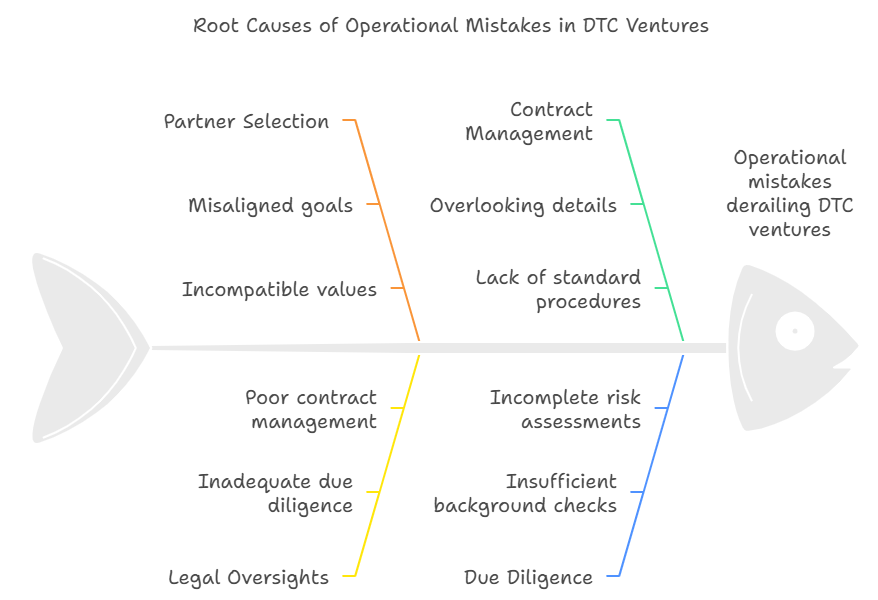
Key Takeaway: Don’t underestimate the importance of operational efficiency and legal soundness. Choose partners wisely and ensure all agreements are legally sound.
How to Scale DTC Advertising Successfully and Increase ROAS (Return on Ad Spend)
Once you’ve avoided these early-stage pitfalls, you’re ready to grow. Here’s how to responsibly scale:
- Increase ad spend incrementally as ROAS remains consistent.
- Double down on high-performing creative formats (like UGC or testimonial videos).
- Diversify channels (e.g. TikTok Ads, email marketing) only after one channel is proven.
- Use advanced tracking tools to measure cross-channel impact.
- Keep refining your offer, landing pages, and upsell flows as traffic increases.
Scaling should be a reward for performance, not a guess.
Conclusion
Success in DTC advertising isn’t just about clever creative—it’s about avoiding the landmines that kill most campaigns early. Focus on building a repeatable sales engine, stay cash-flow positive, and iterate your way to scalable growth.
Earlier in my career, I ran ads for a client without knowing they had high shipping costs to certain rural areas. An order came in from a small town in Manitoba, Canada, and fulfillment wasn’t feasible. That experience taught me that advertising success is just as dependent on logistical coordination as it is on ad strategy. If I had to give one piece of advice to a new DTC founder, it’s this: focus only on what truly moves the needle for your ideal customer.
Start small. Spend slowly. And only scale when the numbers back it up.If you’re launching or scaling DTC campaigns and want expert guidance, Metalla Digital is here to help. We specialize in helping marketers grow smarter and avoid these expensive mistakes.
FAQs – Direct-to-Consumer Advertising Mistakes and How to Increase ROAS
Here are answers to some common questions about DTC mistakes:
What are the most common DTC advertising mistakes to avoid?
The most common DTC advertising mistakes include spreading budget across too many channels, relying on inflated LTV projections, scaling before product-market fit, and failing to test creative effectively. These mistakes often lead to poor ROAS and wasted ad spend.
What’s the best channel to start advertising a new DTC brand?
For most new DTC brands, Meta (Facebook and Instagram) or Google Ads are the best starting points due to their reach, speed of feedback, and optimization capabilities. Start small and scale based on performance data.
When should I invest in professional branding for my DTC product?
You should invest in branding after validating demand and achieving some level of traction (typically $500K–$1M in revenue). Prioritize function and feedback over aesthetics in the early stages.
What is a good LTV to CAC ratio for DTC brands?
A good LTV:CAC ratio for DTC brands is 3:1 or higher. However, early-stage brands should aim for first-order profitability before betting on long-term retention.
How does poor operations impact ad performance?
Issues like out-of-stock products, delayed fulfillment, or lack of legal safeguards can tank your ROAS even if your ads are working. Operational breakdowns often result in refunds, chargebacks, and poor customer reviews, which hurt future campaign performance.
How much should I spend on testing new creatives?
Start with 10–20% of your monthly ad budget allocated to creative testing. Use frameworks (like our creative testing matrix) to test hooks, angles, and formats before scaling winners.



